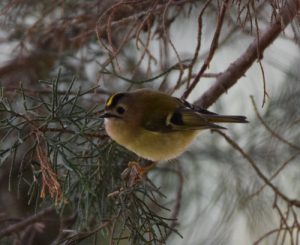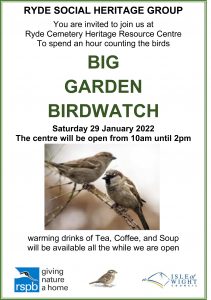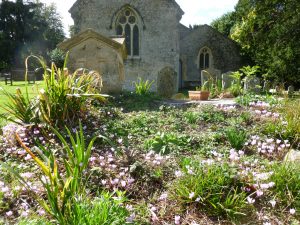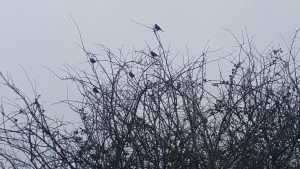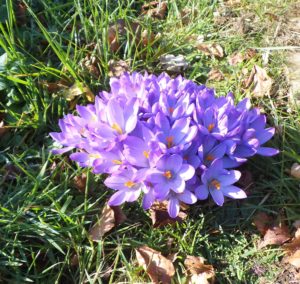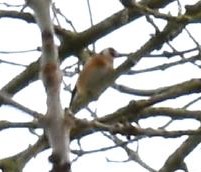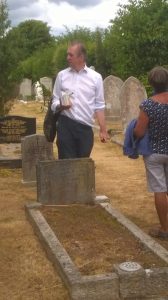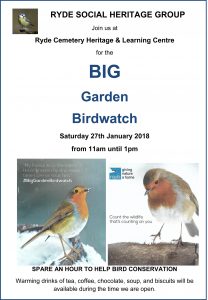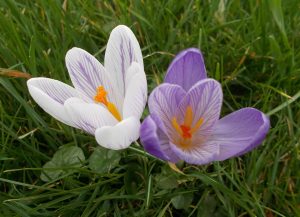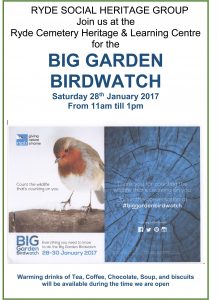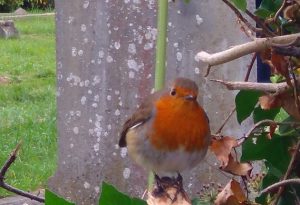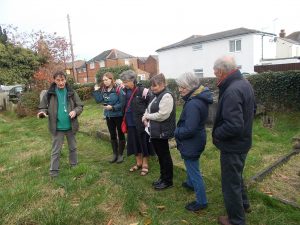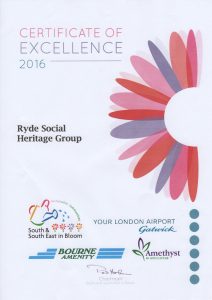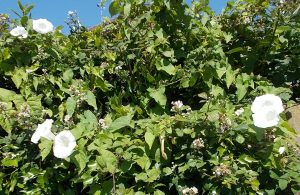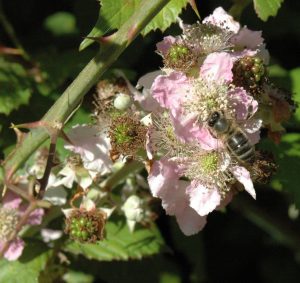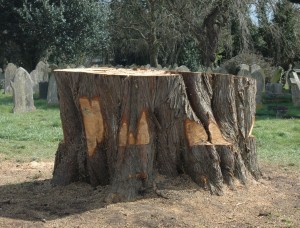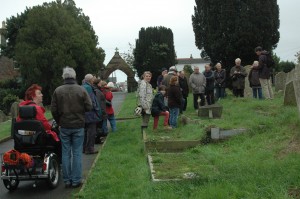Nature
Ryde Cemetery is home to a huge variety of flora and fauna.
Some of the plants were planted as part of the design and layout of the Cemetery and graves, and many are self seeded. RSHG is grateful to the IW Gardens Trust and the IW Natural History Society for sharing their surveys of the rich diversity of tress and plants in the cemetery. Please go to the Trees, Shrubs & Plants page to view the surveys.
The largest plants are the trees that have survived from the original planting scheme carried out in 1863 by Mr F Cooke of Newport, he charged £95 for the work. His bid was was one of five tenders that were submitted to the Cemetery Committee and was accepted in October 1862. If we assume that the trees planted were semi-mature it is possible that some of the trees may now be more than 150 years old.
The Cemetery was developed on meadows and farm land, and because it has had minimal interference over the years, apart from regular cutting of the grass and annual cutting back of the hedges, it has an abundance of wild flowering plants.
Many species of birds, butterflies, insects, bugs and animals live in the cemetery.
RSHG host regular walks in the cemetery led by natural history experts to survey, identify and document the flora and fauna. See our events page for details and dates of our next walks.
Spring is the start of the flowering season, and primroses and bluebells cover vast areas of the ground in the Cemetery.

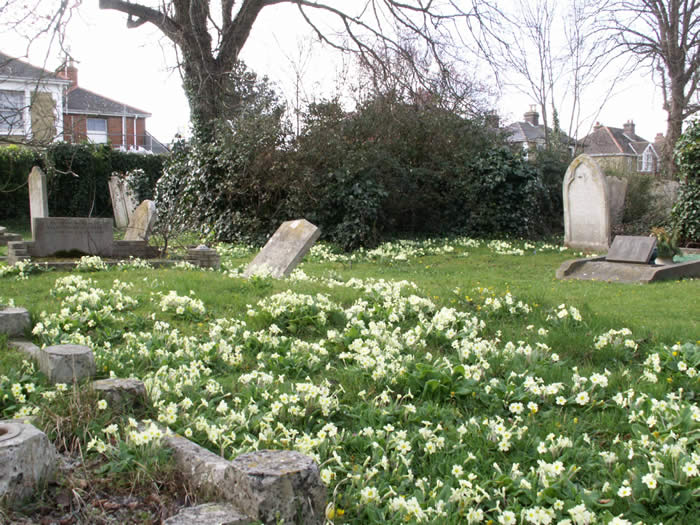
The meadow flowers come in to their own in the summer months and, if the strimming regime is not too rigorous or regular, make a picturesque sight and attract many flying insects to the area, which in turn attract the birds.


In autumn the brambles (that are considered a nuisance for most of the year) yield a large harvest of juicey blackberries. There are many interesting types of fungi to be found in the Cemetery, but unless you are an expert in identification of fungi it’s probably not a good idea to eat any you might find in the Cemetery.


 In winter the rosehips and the red berries on the holly bushes and yew trees add a welcome and vibrant splash of colour to the Cemetery and provide a food source for the many birds that live there.
In winter the rosehips and the red berries on the holly bushes and yew trees add a welcome and vibrant splash of colour to the Cemetery and provide a food source for the many birds that live there.

In the winter of 2006/2007 a large tree in a garden of a house to the south of the New Cemetery fell into the Cemetery during a storm. When it fell, it destroyed part of the old stone wall that separated the Cemetery from the land that once belonged to the Nurses Home, now a private housing estate – fortunately no headstones or memorials were damaged.
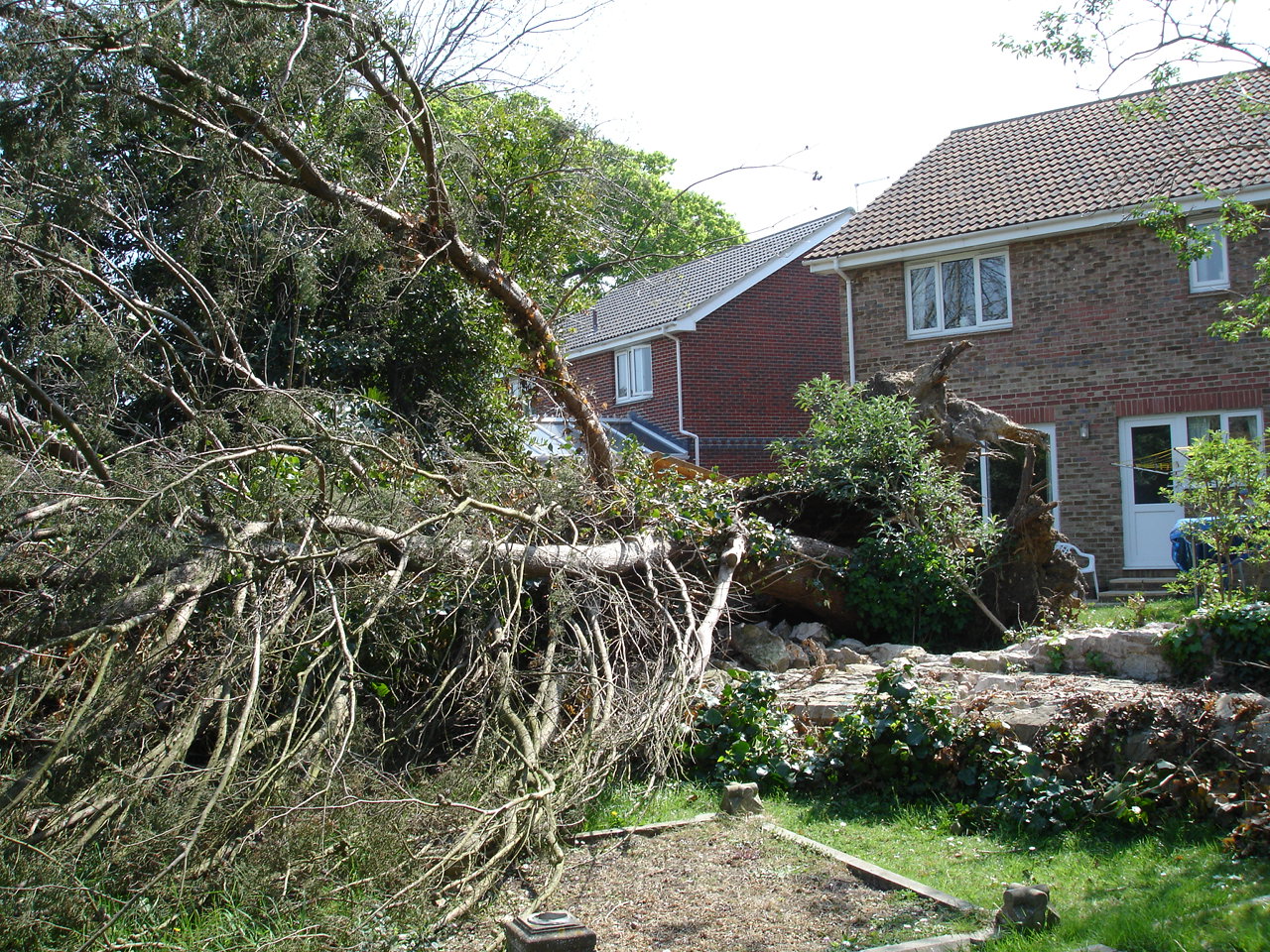
If you would like to help find, identify and record any of the wildlife to be found in Ryde Cemetery please get in touch.


